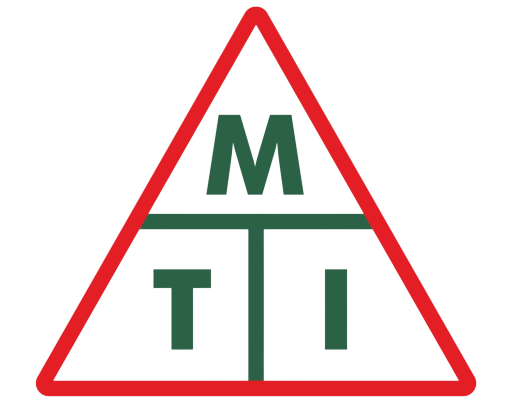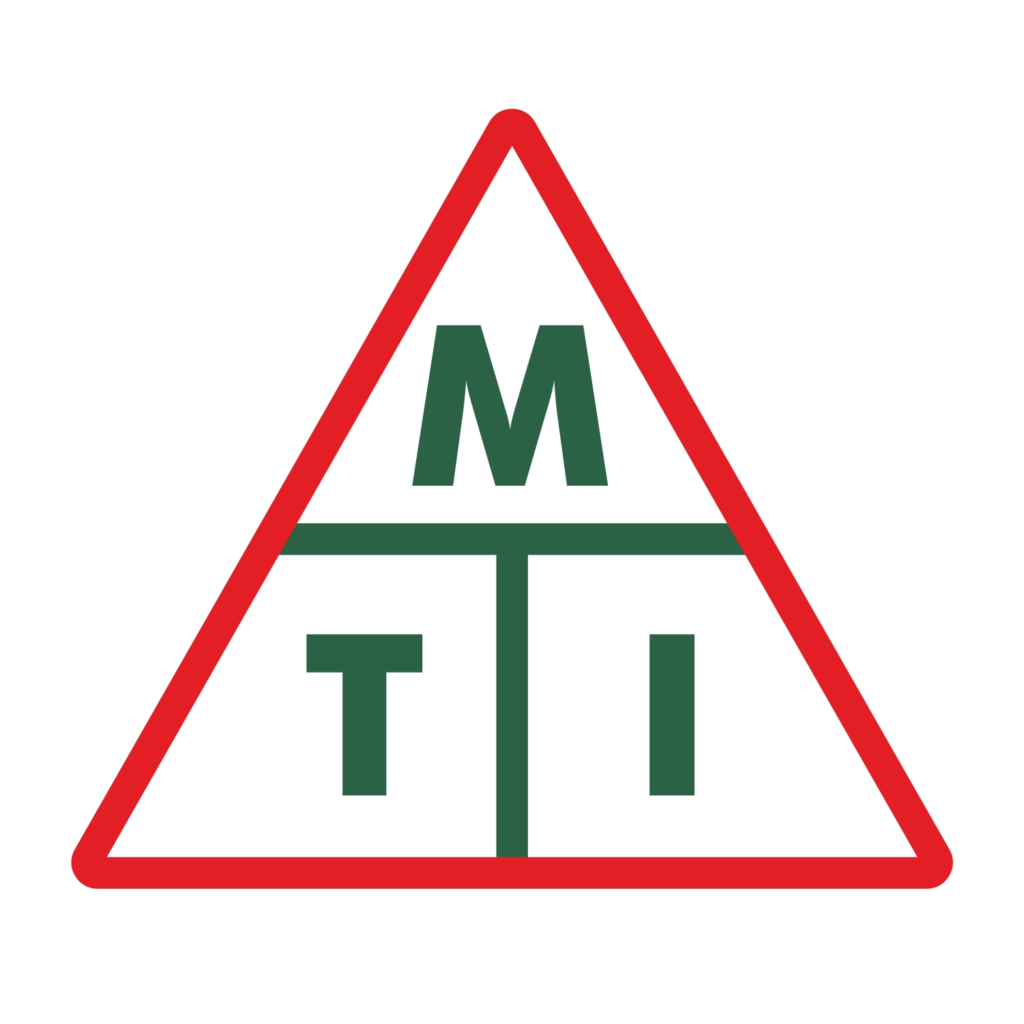Ferrite Magnet
- Specifications and Details
- Features & Application:
- Hard Ferrite/Ceramic magnets can be produced with either isotropic or anisotropic properties. Anisotropic properties are derived from the high magneto-crystalline shape anisotropy of the ferrite particles. Physical orientation of the ferrite particles is necessary in the pressing process to achieve magnetic alignment.
- Hard Ferrite magnets have excellent corrosion resistance and have normal operating capabilities between -40°C and +250°C. As temperature increases, remanence decreases by 0.2%/°C whereas coercively increases by 0.3%/°C. At very low temperatures there is a risk of permanent demagnetization in magnet systems with low working points.
- Ferrite and ceramic magnets possess an extremely strong magnetic field. Unlike some other types of magnets like electromagnets that require an electric current to produce an attraction, the chemical makeup of ferrite magnets allows them to do this all on their own.
- While ferrite magnets are made up of a combination of multiple chemical elements, the main ingredient across this entire category is iron oxide. Both types of ferrite magnets include their own unique elements, with about 90 percent of the material being made of iron oxide.
- Servo motor, Brushless motor, Linear Motor, Automotive Motor, HEV& EV motor, Robot Driving Motor, Inverter Compressor Motor, Rail Transit Traction Motor, Wind turbine, Energy-saving Elevator, VCM etc













